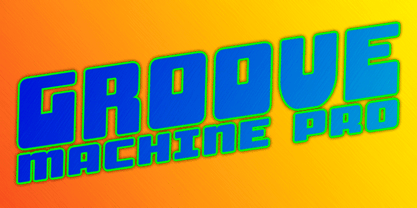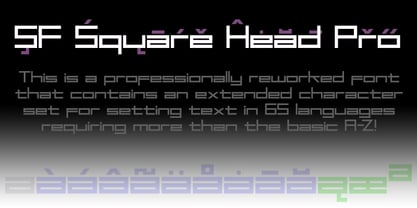643 search results
(0.014 seconds)
- SF Square Root Extended - Unknown license
- SF Movie Poster Condensed - Unknown license
- SF Junk Culture Condensed - Unknown license
- SF Chrome Fenders Condensed - Unknown license
- SF Fortune Wheel Extended - Unknown license
- SF Archery Black Shaded - Unknown license
- SF Comic Script Extended - Unknown license
- SF Cartoonist Hand SC - Unknown license
- SF New Republic SC - Unknown license
- SF Intoxicated Blues Shaded - Unknown license
- SF Movie Poster Condensed - Unknown license
- SF Pale Bottom Extended - Unknown license
- SF Big Whiskey Condensed - Unknown license
- SF Shai Fontai Distressed - Unknown license
- SF Minced Meat Extended - Unknown license
- SF Diego Sans Shaded - Unknown license
- SF Solar Sailer Extended - Unknown license
- SF Old Republic SC - Unknown license
- SF Shai Fontai Extended - Unknown license
- SF Atarian System Extended - Unknown license
- SF Synthonic Pop Condensed - Unknown license
- SF Burlington Script SC - Unknown license
- SF Port McKenzie Outline - Unknown license
- SF Minced Meat Shaded - Unknown license
- SF Comic Script Condensed - Unknown license
- SF Atarian System Extended - Unknown license
- SF Archery Black SC - Unknown license
- SF Burlington Script SC - Unknown license
- SF Groove Machine Upright - Unknown license
- SF Outer Limits Upright - Unknown license
- SF Tattle Tales Condensed - Unknown license
- SF Outer Limits Extended - Unknown license
- SF Shai Fontai Extended - Unknown license
- SF Espresso Shack Condensed - Unknown license
- SF Groove Machine Pro by ShyFoundry,
$10.00 - SF Square Head Pro by CheapProFonts,
$10.00 - SF Old South Arabian by Sultan Fonts,
$9.99 - Jagz - Unknown license
- Jagz - Unknown license
- SF Archery Black SC Shaded - Unknown license






































